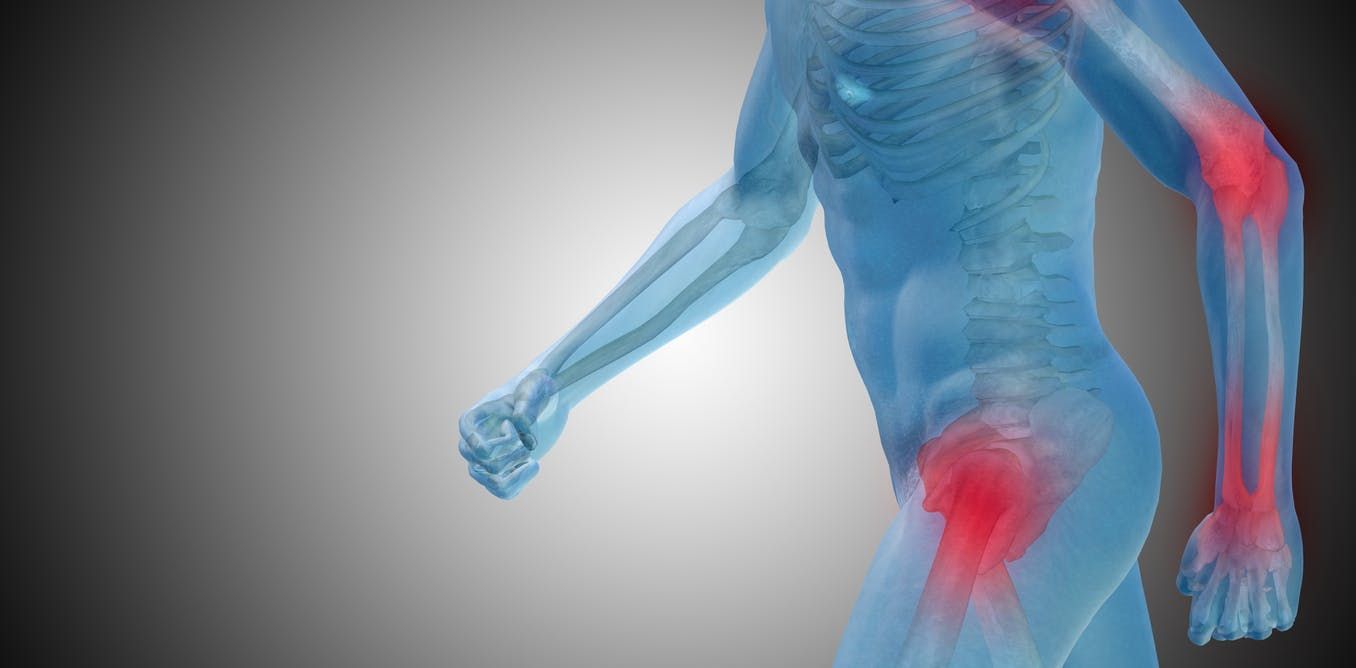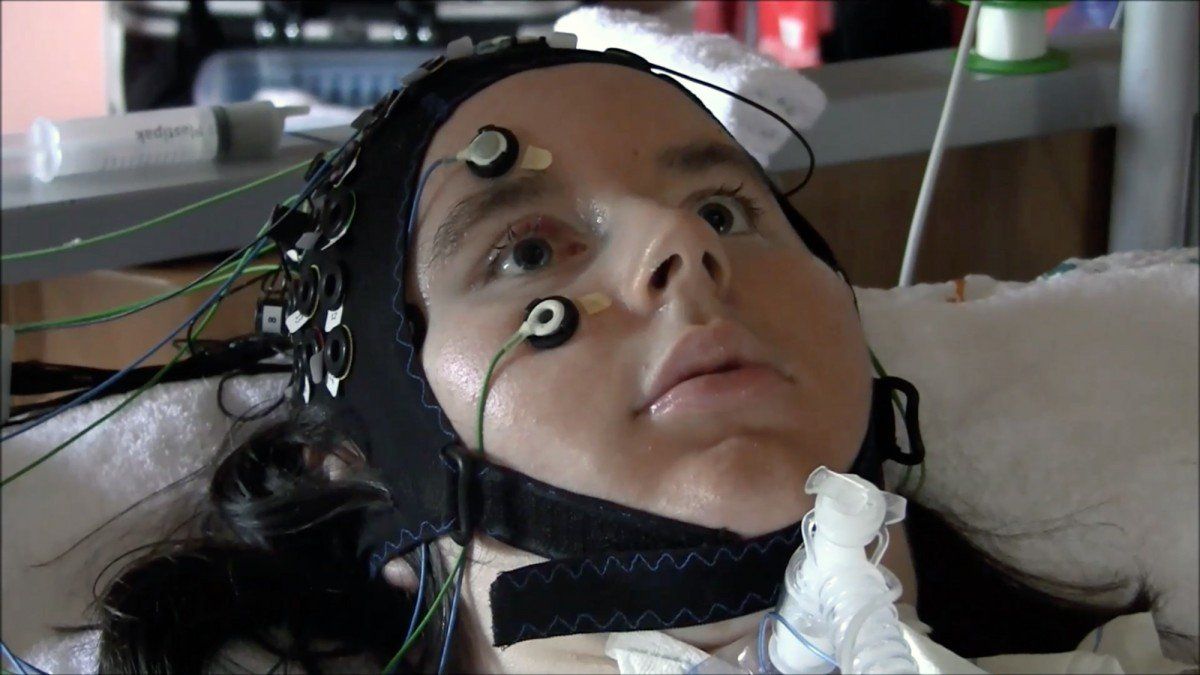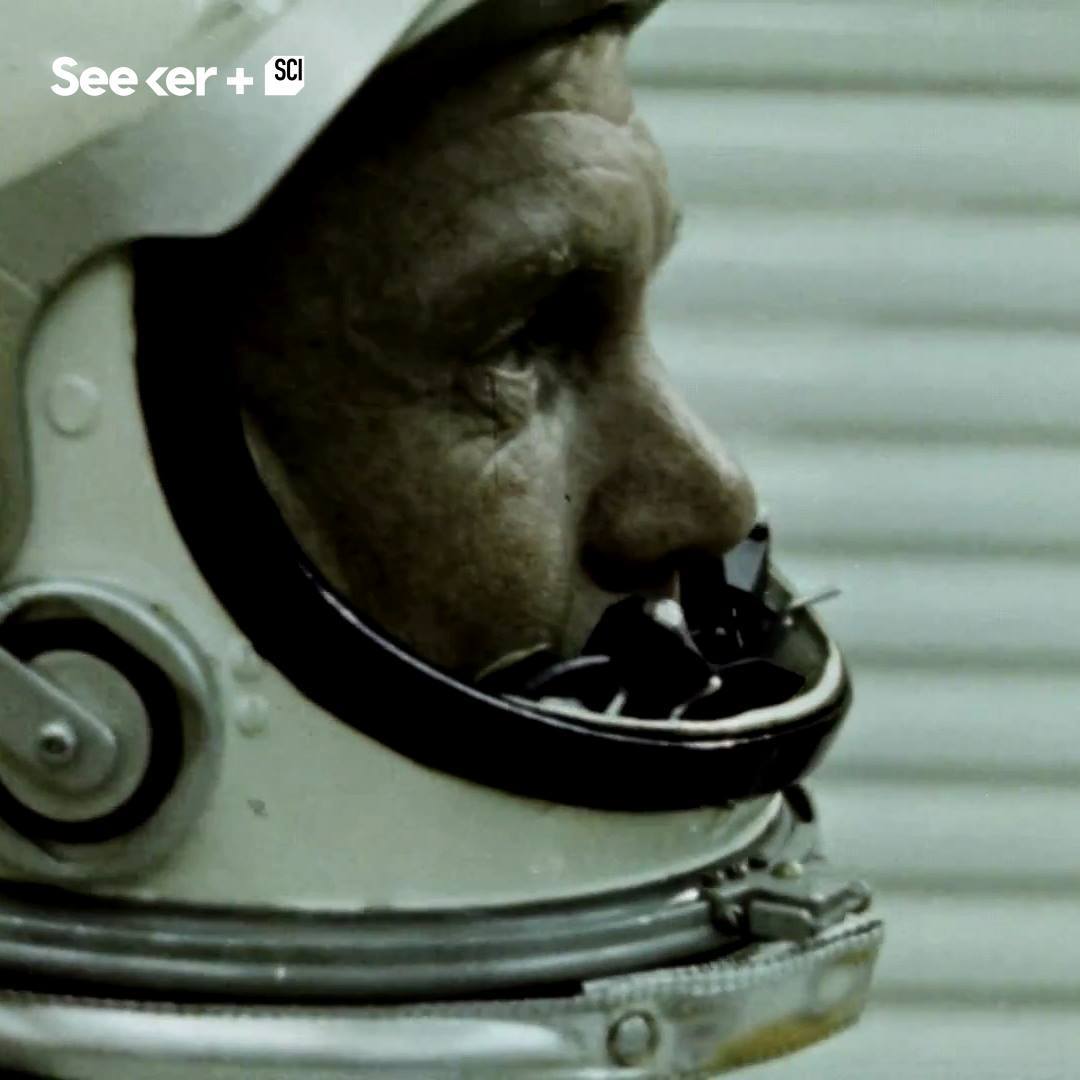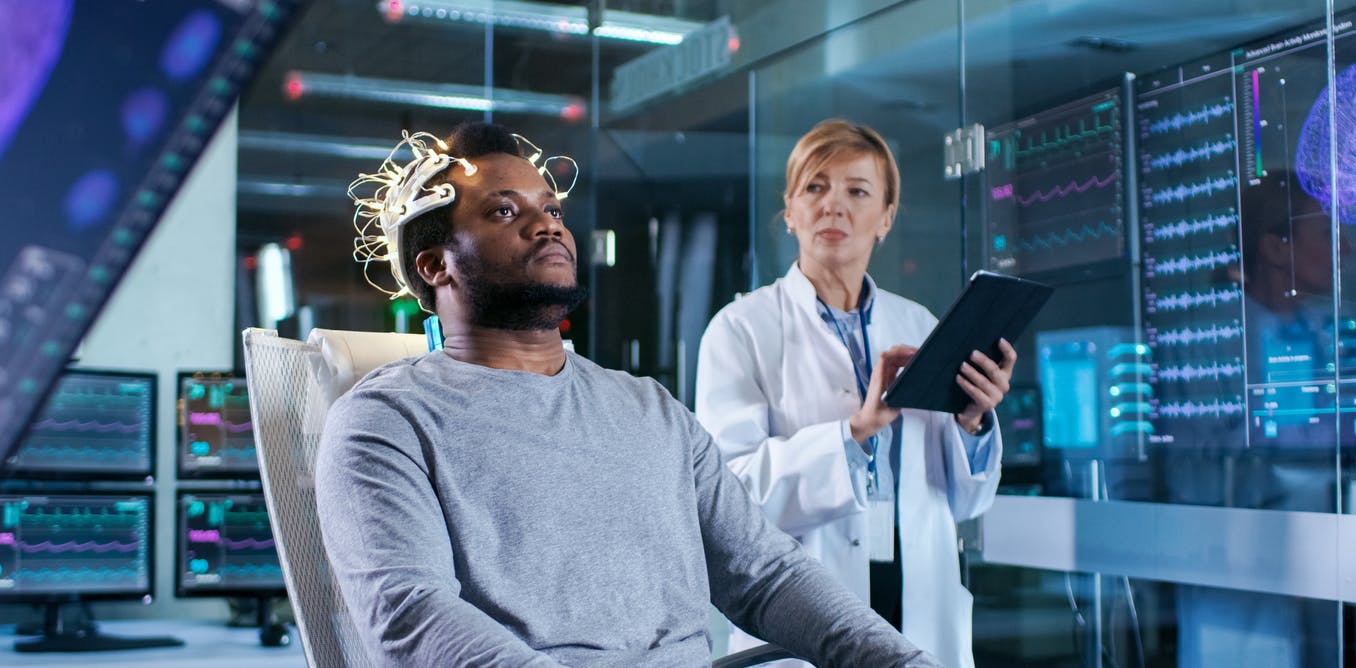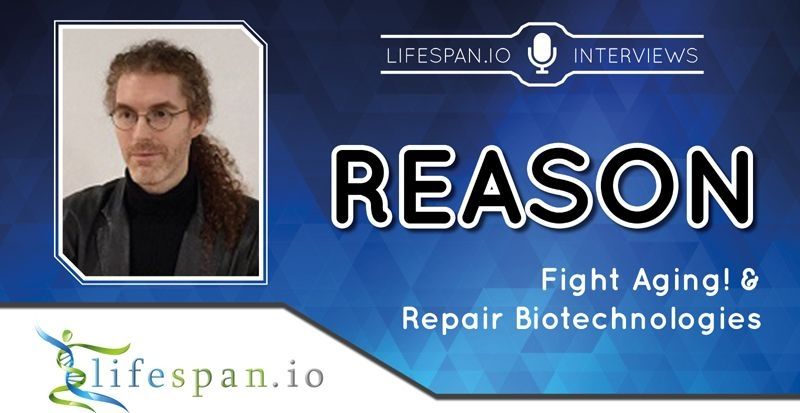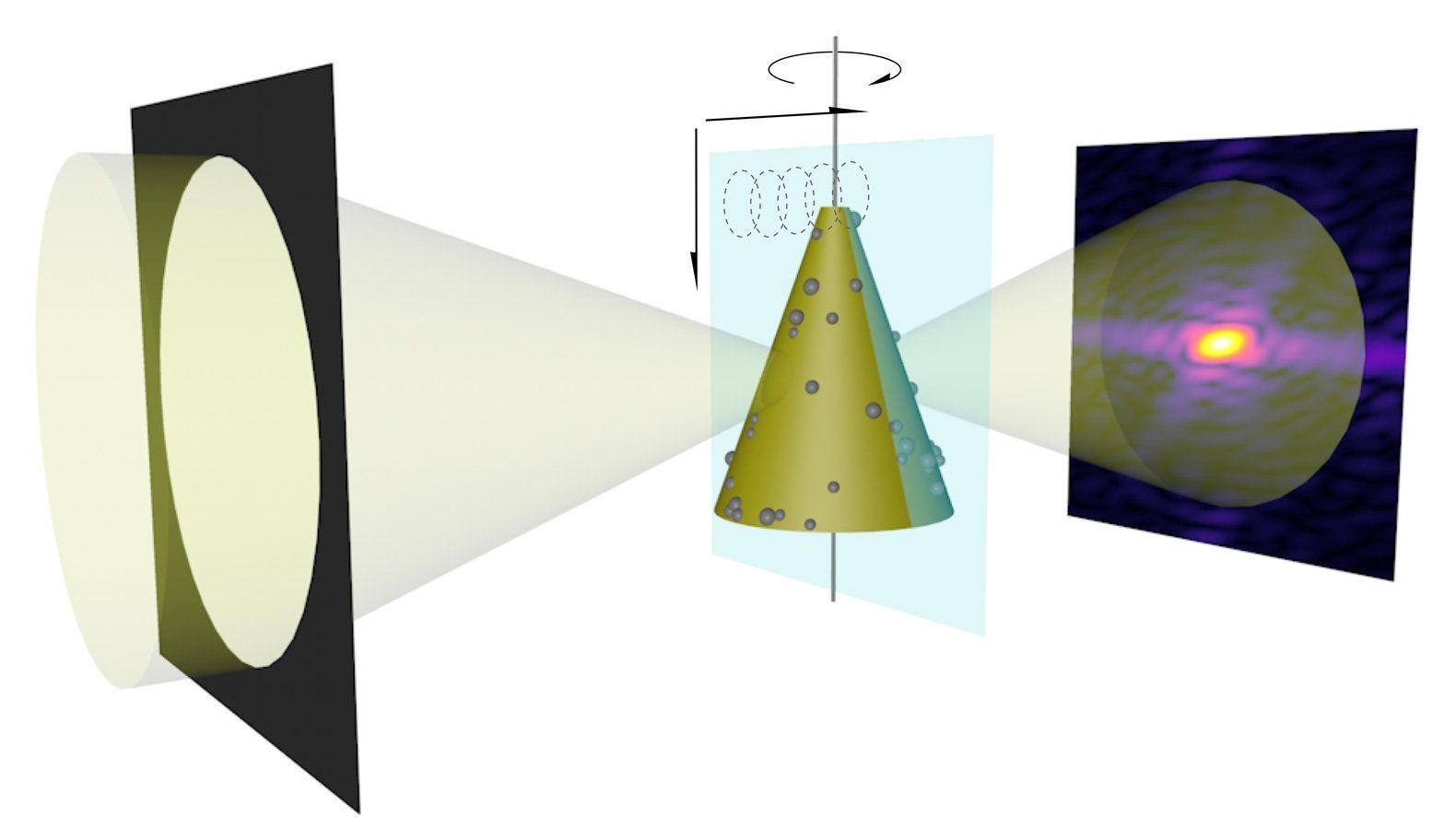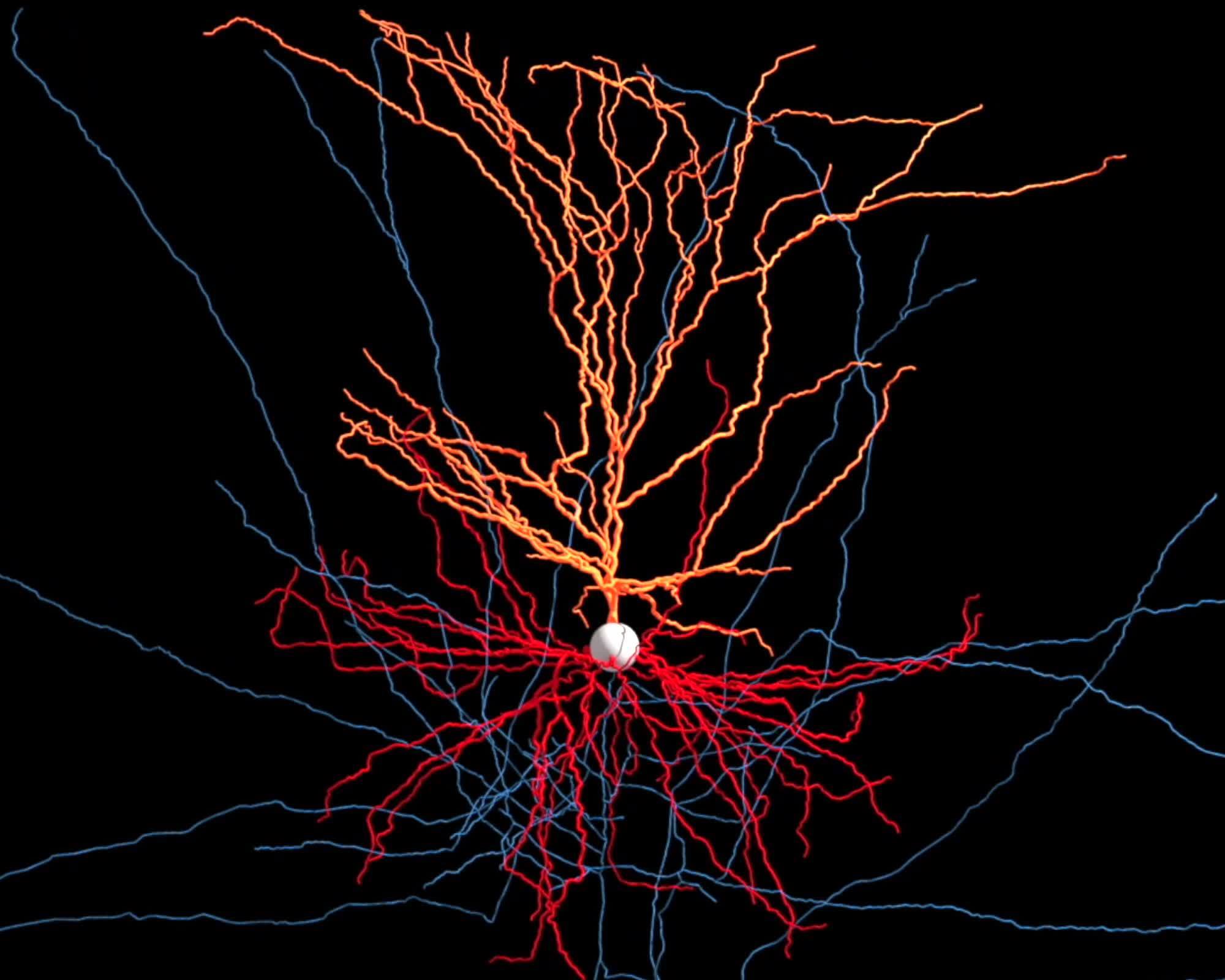Today, we present an interview with Reason, the editor of Fight Aging! and co-founder of Repair Biotechnologies. We asked him about the state of rejuvenative therapies, some of which may be available in the near future.
Fight Aging! was the first blog that tackled the science of aging in a serious fashion. Many people still treat it as the go-to site for high-quality information and opinion on the rapidly growing field of biogerontology.
Reason (he goes by only his first name), the brain behind the Fight Aging! blog, has been involved in one way or another with anti-aging science for almost two decades as a writer, researcher, and investor. His new company, Repair Biotechnologies, is focused mainly on halting thymic atrophy and atherosclerosis, which causes about 20 percent of all human deaths.
Read more

